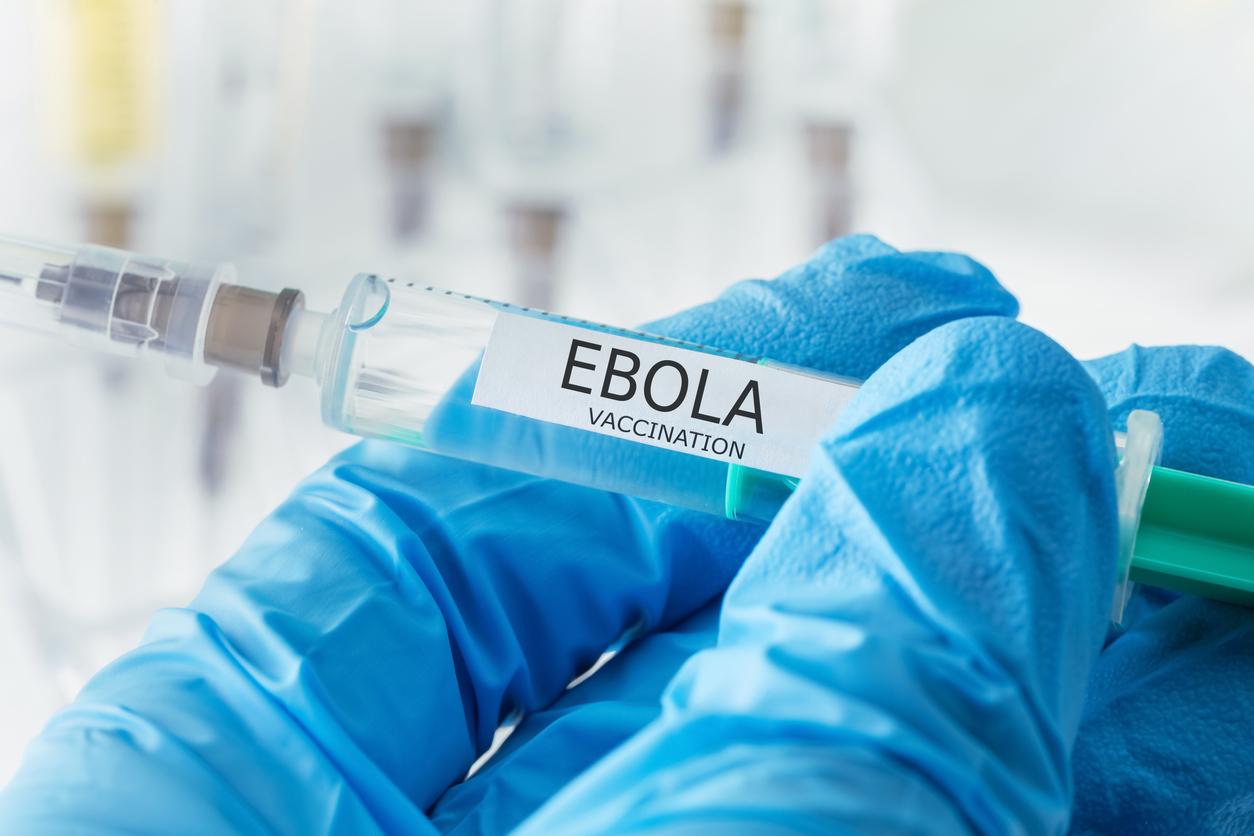The World Health Organization (WHO) confirms that a case of Ebolawas identified in a very urban and densely populated area of the Democratic Republic of Congo: the city of Mbandaka, in the northwest of the country.
As of May 15, 44 cases of Ebola virus disease have been reported: 3 confirmed, 20 probable and 21 suspected. So far, all confirmed cases of Ebola have been reported in the Bikoro area, which is nearly 150 km away from Mbandaka, a city of 1.2 million people.
“It’s a worrying development, but we now have better tools than ever to fight Ebola.”, said Dr Tedros Adhanom Ghebreyesus, Director-General of WHO.
The first batch of #Ebola vaccines are now in a warehouse in Kinshasa, #DRC. Vaccines need to be properly stored within an efficient cold-chain. The doses were received by the Minister of Health @OlyIlungapic.twitter.com/8Tg2fqWt9L
— World Health Organization (WHO) (@WHO) May 16, 2018
The very first vaccination campaign
5400 doses of vaccine have been received by the health authorities in Kinshasa. Initially developed by the Public Health Agency of Canada and later by Merck Laboratories, the vaccine was first tested on healthy volunteers then in Guinea, at the end of the Ebola epidemic, on people in contact with the virus. But it has not yet been approved and has never shown its effectiveness in an epidemic situation.
This vaccine will be reserved for people suspected of being in contact with the disease, as well as for health workers. “In our experience, for every confirmed case of Ebola, there are approximately 100 to 150 contacts and contacts of contacts eligible for vaccination” explained Tarik Jasarevic, spokesperson for the WHO.
Read also :
Ebola virus persists for 9 months in semen
Ebola virus kills more women than men


















